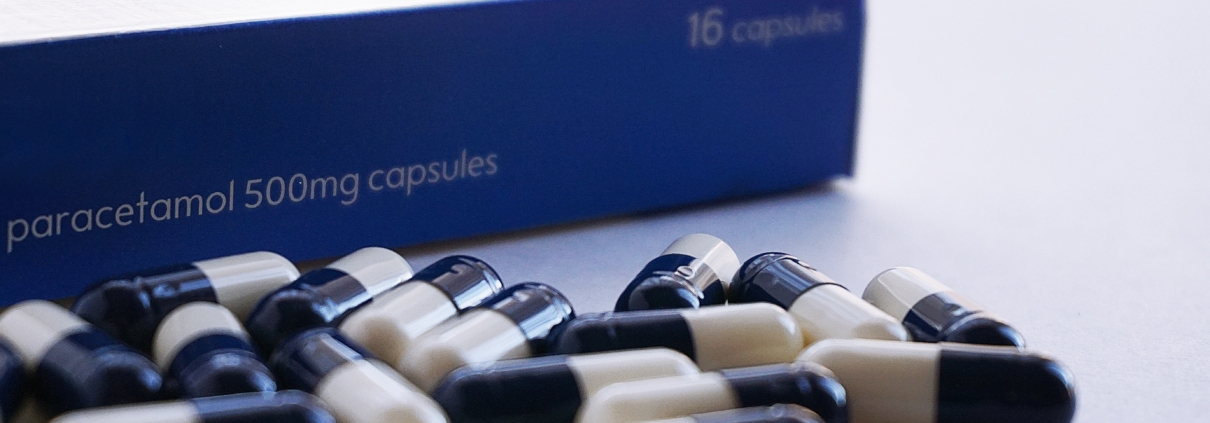Regulatory Pain Relief
Here’s What You Need To Know
Thousands of complex regulations were set aside when the U.S. Department of Health & Human Services (HHS) declared COVID-19 a public health emergency (PHE) in early 2020, thanks to waivers by HHS, Centers for Medicare & Medicaid Services (CMS), Food & Drug Administration (FDA), and other agencies to get care to those in need during what became a global pandemic. Freed of these constraints, America’s healthcare sector adopted new, innovative approaches to access and care provision. While HHS recently extended the PHE declaration through October 13, 2022, it will ultimately end, along with much of this regulatory flexibility.
The Biden Administration has promised to provide states 60 days’ notice before ending the PHE to allow sufficient time to prepare for changes to certain programs and regulatory authorities, but public affairs professionals in the healthcare industry cannot wait until the last minute to protect the advancements made in these challenging times. Here’s what you need to know to make the case.
Flexibility That Allowed Innovation
The waivers enacted under the PHE offered flexibility to a wide range of industry participants – from manufacturers to hospital systems to care providers and others – to deliver technologies, testing, and treatments to as many patients as quickly as possible. The future of this regulatory relief remains uncertain after the PHE lapses.
Subscribe to Receive Insights
"*" indicates required fields
Emergency Use Authorizations (EUAs) Brought Vaccines, Treatments, Diagnostic Tests, and Medical Supplies at Warp Speed. Based on the PHE, the FDA allowed manufacturers to bring COVID-19 countermeasures to market under EUAs. Firms whose products remain under EUA will have to seek full FDA approval to keep their products on the market after the PHE expires. During the pandemic, EUAs got medicines, tests, vaccines, and other lifesaving technologies to patients at a far quicker rate than under the typical FDA approval process. A study published in JAMA Internal Medicine found that over the past decade the median FDA clinical development period (from trial to approval) for a vaccine was just over eight years. By comparison, the Pfizer COVID-19 vaccine was granted an EUA in seven months.
Expanded Telehealth Coverage Connected Millions of Patients in Underserved Populations with Healthcare Professionals. Under the PHE, CMS enacted a waiver granting more Medicare and Medicaid beneficiaries much broader access to telehealth services. The waiver was especially important for both urban and rural underserved communities facing impediments to accessing healthcare. Once the PHE ends, so does the authority for these flexibilities. While Congress has extended telehealth access for five months following the end of the PHE, it is still considering whether to make it permanent. About half of states have passed their own telehealth legislation, but many have yet to do so, leaving patients, providers, and insurers to navigate a patchwork of rules. As these debates continue, the recent Supreme Court abortion decision and heightened scrutiny over possible overprescribing by telehealth providers, particularly healthtech startups, could complicate advancing those measures in a timely fashion.
Liability Protections Ensured Health Systems Could Focus on Caregiving and Not Court Cases. The PHE provides liability protections to developers, manufacturers, and providers of COVID-19 countermeasures, unless the plaintiff can prove gross negligence, willful misconduct, or failure to comply with public health orders, depending on the standard specified in each state’s law. Without them, medical manufacturers and providers would face greater exposure to litigation, and it may inhibit them from providing that care. It also could make it more difficult for to recruit and retain caregivers concerned with incurring litigation.
Common Sense Waivers Ensured Providers Could Secure Needed Staffing. To address the urgent need for qualified medical practitioners, HHS waived state licensure requirements to allow healthcare personnel to serve where they are most needed. With hospitals across the country still grappling with staffing shortages, the expiration of the PHE will create an additional headache, particularly since hospitals would also lose a number of CMS waivers related to workforce flexibilities, home care programs, and reporting. The added strain would come just as states lose the extra Medicaid funding provided by the CARES Act in exchange for not removing anyone from their Medicaid rolls during the PHE. Up to 14 million patients could lose their Medicaid coverage when the PHE ends, sending more uninsured patients to emergency rooms for care.
A Push To Make the ‘New’ Normal a Permanent Normal
As we wrote in April 2020, “While the country of course needs some degree of regulation to safeguard our people and our economy, the pandemic pause of regulations offers the promise of sanity and simplification in the future.” The practices listed above, enabled by the PHE, were not permitted in the regulatory landscape that existed pre-COVID and won’t last after the PHE lapses unless policymakers act to permanently adopt them. As public affairs professionals in the healthcare sector work to secure these industry-shifting changes, they must understand which policymakers and stakeholders will engage in the debate shaping the post-PHE regulatory environment and how that engagement will help or hurt their advocacy efforts. That’s the information advantage public affairs professionals will need to ensure success and reduce surprises along the way.



